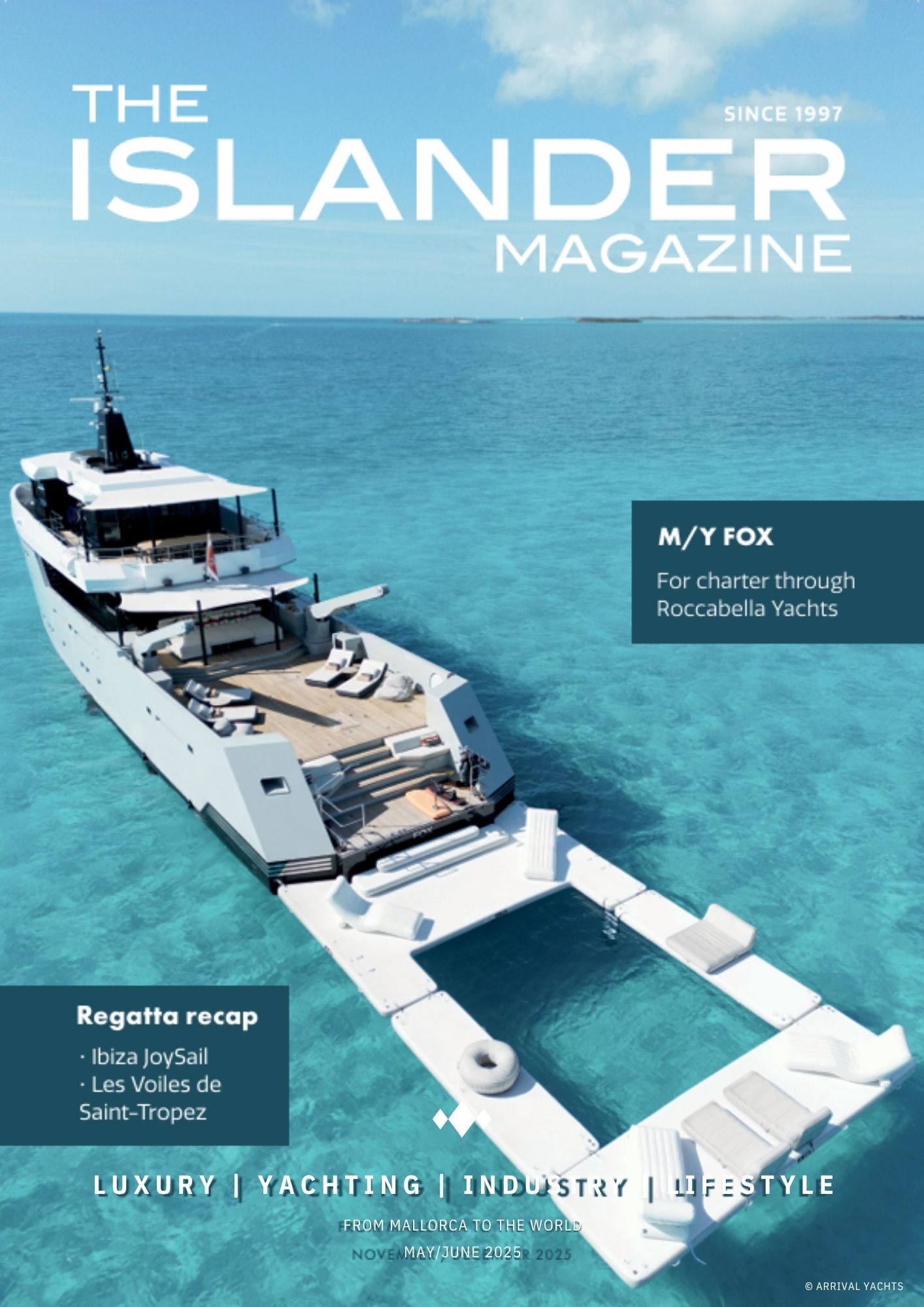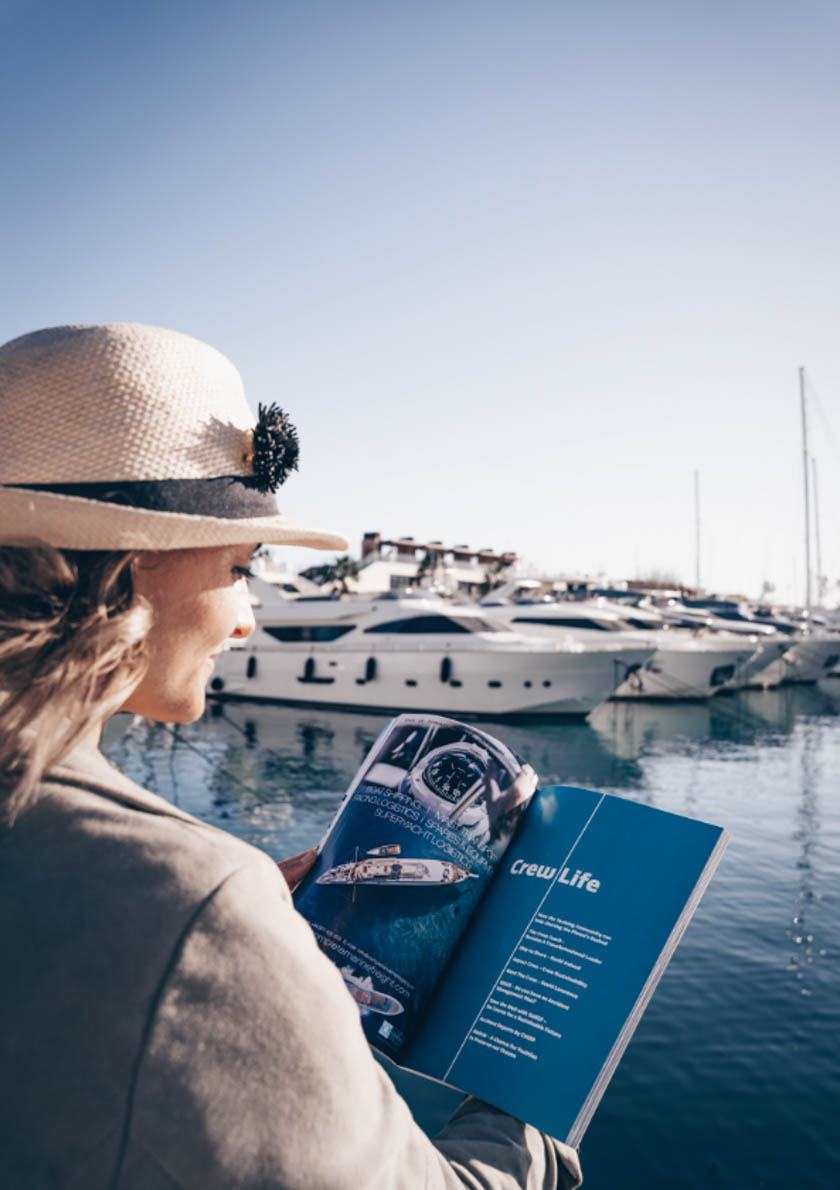When you think of a luxury yacht, an image of an elegant deck made of warm, golden wood surely comes to mind. This is teak—the undisputed king of yacht decking for years. Its natural resistance to water, mold and pests makes it hard to find a better material. Unfortunately, its availability is dwindling, and prices are rising. Why is this happening, and what wood can replace it?
Fast growing teak – is it still teak?
Faced with increasing demand for this prized wood, teak plantations have begun to be established, where trees grow at an accelerated rate. Natural teak is usually harvested after about 80 years, whereas in plantation forests, for example in India and Indonesia, the rotation period is between 50 and 80 years. The long growing time leads to a limited supply and increased prices—it is estimated that the market faces an annual shortage of around two million cubic meters of teak. To offset this shortage, foresters are looking for appropriate methods to shorten the production cycle. One solution is vegetative cultivation, which reduces the planting rotation to just 20-40 years. In Indonesia, fast-growing varieties of teak, referred to as ‘super teak’, have gained popularity as a response to supply problems.
However, it should be noted that fast-growing teak has significantly inferior properties to natural wood. Faster growth results in lower density and fewer natural oils, reducing its resistance to water and changing weather conditions. As a result, yacht decks made from this type of teak wear out more quickly, are more prone to cracking and warping, and require more frequent maintenance. In addition, they are less uniform in colour, which affects the aesthetic qualities valued by yacht enthusiasts.
What wood can replace teak?
Looking for alternatives, yacht designers and manufacturers are increasingly turning to other wood species. One of the most popular choices is iroko, often called ‘poor man’s teak’. It is moisture-resistant and durable, although slightly less dimensionally stable. Another option is kumaru, an extremely hard and weather-resistant wood, but which requires specialised treatment. African mahogany, known as sipo, impresses with its aesthetics and ease of processing, although its abrasion resistance is lower than that of teak. Garapa, a high-strength wood that requires additional protection from salt water, is also increasingly mentioned. An eco-friendly alternative could be thermally modified ash, which performs well in humid environments, but is no match for classic teak in terms of durability.
Will teak become a relic of the past?
Time will tell what changes the future will bring in the world of yachts. Luxury yachts with teak decks may slowly become a symbol of the past. As a company specialising in teak maintenance, we know how to carry out the cleaning and protection of teak decks and how to teach yacht crews how to properly care for this precious material.
























0 Comments